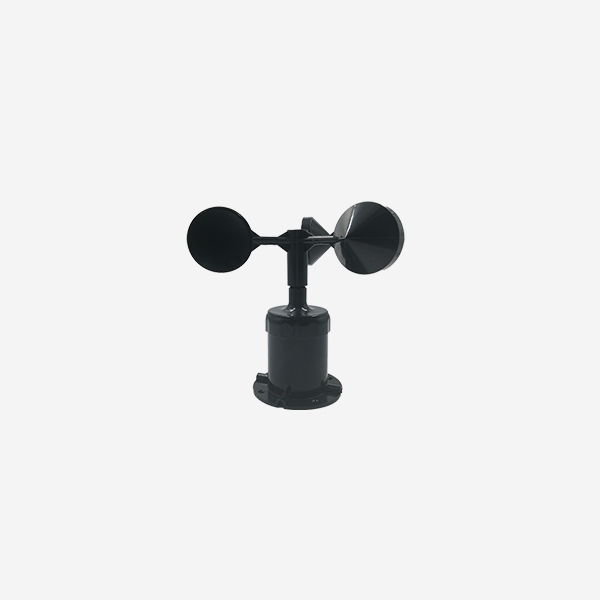Wind direction indicator is an important device for determining wind direction in weather monitoring. This simple yet vital tool plays a crucial role in various fields, including aviation, maritime operations, and outdoor activities such as hiking and mountaineering. With its accurate and reliable functionality, the wind direction indicator provides valuable information that helps ensure safety and efficiency in various industries and recreational pursuits.

The primary advantages of a wind direction indicator
One of the primary advantages of a wind direction indicator is its ability to provide real-time information on wind direction. The device is typically designed with a rotating arrow or vane that aligns itself with the direction of the wind. This allows users to quickly and easily determine the wind’s origin and follow its path. Pilots, for example, heavily rely on wind direction indicators to adjust their flight plans and optimize fuel consumption. Similarly, sailors utilize this tool to navigate their vessels efficiently and make informed decisions about sail positioning and course adjustments.
The accuracy of a wind direction indicator is of utmost importance. Manufacturers employ precision engineering to ensure that the device provides reliable readings even under challenging weather conditions. Sturdy materials, such as corrosion-resistant metals or durable plastics, are used to withstand the harsh elements often encountered in outdoor environments. Additionally, wind direction indicators are designed to be sensitive enough to detect subtle changes in wind direction, ensuring accurate data is provided to users.

The versatility of wind direction indicators allows for their use in various applications. They are commonly found at weather stations, airports, and harbors, providing valuable information for meteorologists, air traffic controllers, and marine personnel. Additionally, outdoor enthusiasts utilize portable wind direction indicators during activities like camping or rock climbing to assess wind patterns and make informed decisions regarding safety and route planning.
Furthermore, the advancement of technology has led to the development of digital wind direction indicators. These modern devices utilize sensors and electronic displays to provide precise and accurate readings. Digital indicators often include additional features such as wind speed measurement, temperature display, and even data logging capabilities. This enables users to gather comprehensive weather data for further analysis and integration into forecasting models.

Regular calibration and maintenance are crucial for ensuring the accuracy and reliability of wind direction indicators. Manufacturers provide guidelines for calibration procedures that users should follow periodically. It is essential to check for any physical obstructions or damage that may affect the device’s performance. Routine maintenance, such as cleaning and lubricating, also contributes to the longevity and consistent performance of the wind direction indicator.
In conclusion, the wind direction indicator is a vital tool in weather monitoring and navigation. Its real-time information on wind direction helps professionals in various industries make informed decisions and ensure safety and efficiency. With advances in technology, digital wind direction indicators provide additional features for enhanced data collection and analysis. Regular calibration and maintenance are necessary to guarantee accuracy and reliability. From aviation to outdoor activities, the wind direction indicator continues to be an invaluable device, guiding us through the ever-changing winds.
